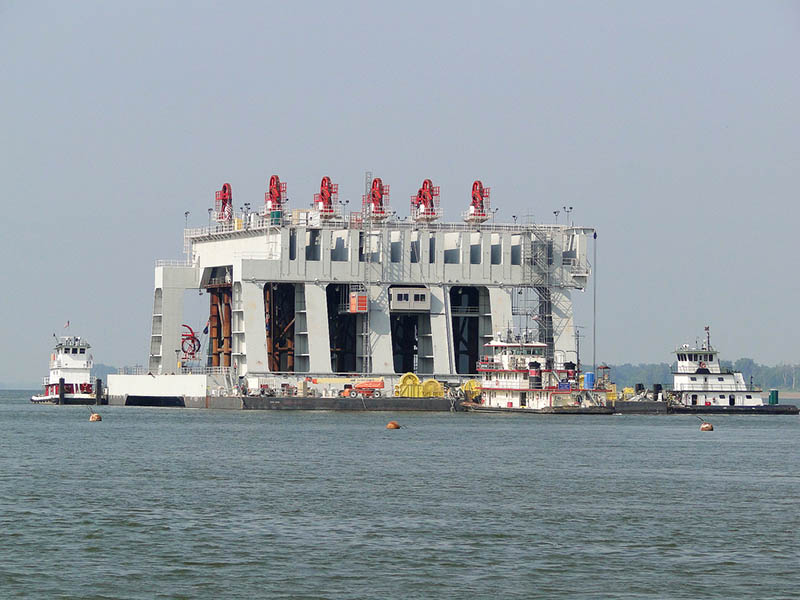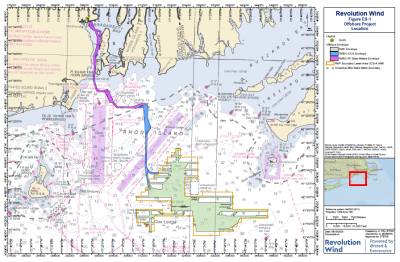Over the years there has been a quiet political tension between local and national interests over federal investments in ports and waterways. From the federal perspective, National Economic Development (NED) benefits are the objective — waterway improvements that will benefit the nation. Locally, Regional Economic Development (RED) benefits are the objective — a stimulus to the local economy in terms of investment, employment, taxes, etc.
Because the federal government controls the purse strings, NED benefits are the requisite for project funding and potential RED benefits are often ignored. Complicating the matter is that there is no objective way to move between NED benefits (savings to the nation) and RED benefits (the effects of savings to the local economy) because of a difference in how benefits are quantified and distributed. The locals are unimpressed by NED benefits other than the mechanism to ensure federal funding. RED benefits are the reason for the project and local participation.
The February release of the White House’s infrastructure plan reflects the NED versus RED tensions in a pragmatic way. The $1.5 trillion investment plan essentially calls for $200 billion of increased federal spending for infrastructure over a decade, leveraged by non-federal participation.
While infrastructure is a popular political campaign topic there is not much federal money to accomplish this without substantial buy-in from local governments and other parties that will benefit. The local buy-ins, anticipated to be at least a four-to-one ratio of nonfederal to federal money, affects one half of the federal funds, or about $100 billion of the $200 billion.
The implications for the current federal funding of waterways infrastructure is ominous. At the project level, deep-draft ports, at least those not already authorized for requisite deepening to the 50' standard, will require hefty buy-ins by the states. For the inland sector, one can infer that significant buy-ins from increases to the Inland Waterways Trust Fund will be required.
There is simply not much money left for infrastructure given the recent increased budget for defense and entitlement programs. Those who thought otherwise surely must have been dreaming or envisioned adding more federal debt to finance infrastructure.





